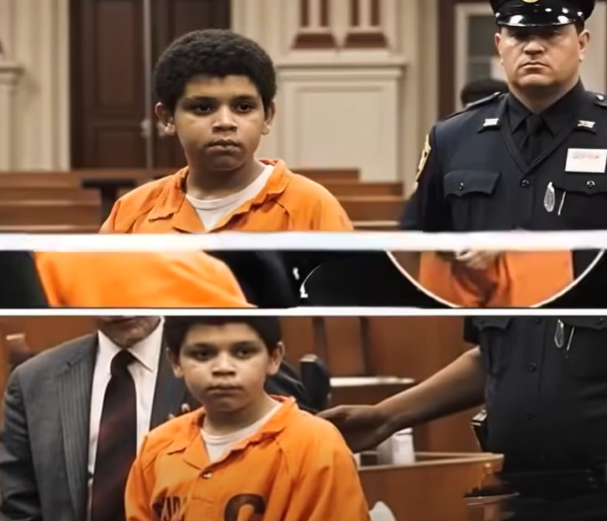In the United States today, at least 79 children under the age of 14 are serving life sentences without the possibility of parole. This deeply troubling reality has sparked outrage among human rights organizations and activists worldwide. Groups such as Human Rights Watch and the Equal Justice Initiative have repeatedly condemned these sentences as fundamentally unjust and incompatible with the rights of children. Many of these young offenders come from backgrounds scarred by poverty, neglect, abuse, and systemic inequalities that continue to limit their opportunities and distort their futures.
One of the most infamous cases is that of Lionel Tate, who, at just 12 years old, was sentenced to life imprisonment for the accidental death of a younger child during play. While his sentence was later reduced, his case ignited fierce debates about whether children should be tried and punished as adults—a debate that remains unresolved in many states.
Experts in child psychology and criminal justice stress that juveniles are not fully mature, either emotionally or cognitively. Their brains are still developing, making them more capable of change and rehabilitation than adults. The U.S. Supreme Court, recognizing this, made landmark rulings in 2012 and 2016 that abolished mandatory life sentences without parole for juveniles and required states to revisit past cases. Yet, despite these important decisions, many young people continue to serve such sentences without review, trapped in a system slow to evolve.
While some states persist in imposing harsh penalties on minors, there is growing momentum among advocates for alternative approaches. Restorative justice models, which focus on healing and rehabilitation rather than punishment, are gaining traction as more humane and effective solutions. These models emphasize accountability, community involvement, and the potential for transformation, acknowledging that children deserve a second chance at life.
This ongoing struggle highlights the urgent need to reconsider how justice is applied to youth offenders. The goal is not only to protect society but also to offer young people the possibility of redemption and growth—recognizing that their futures should not be defined by a single moment or mistake.


